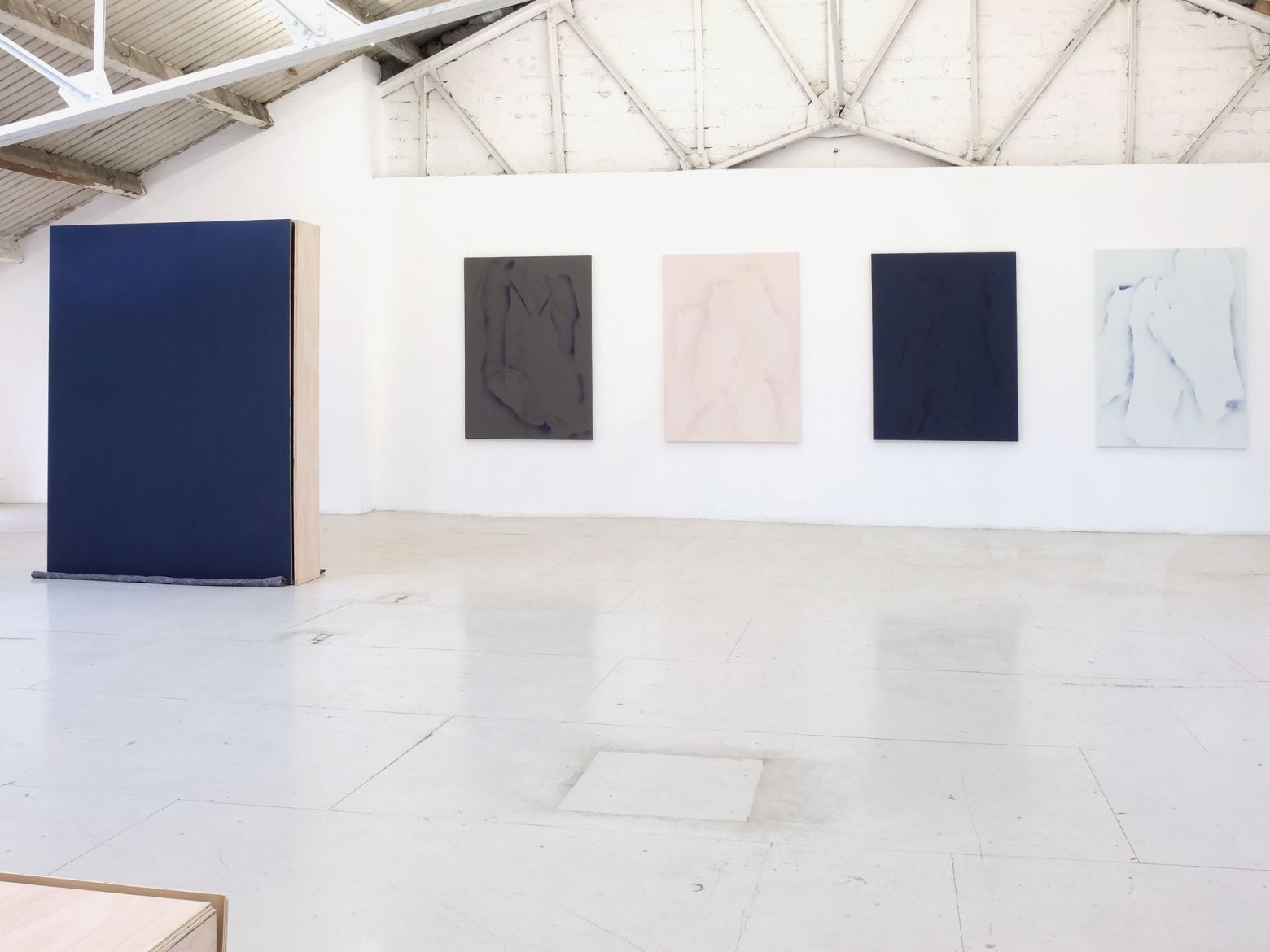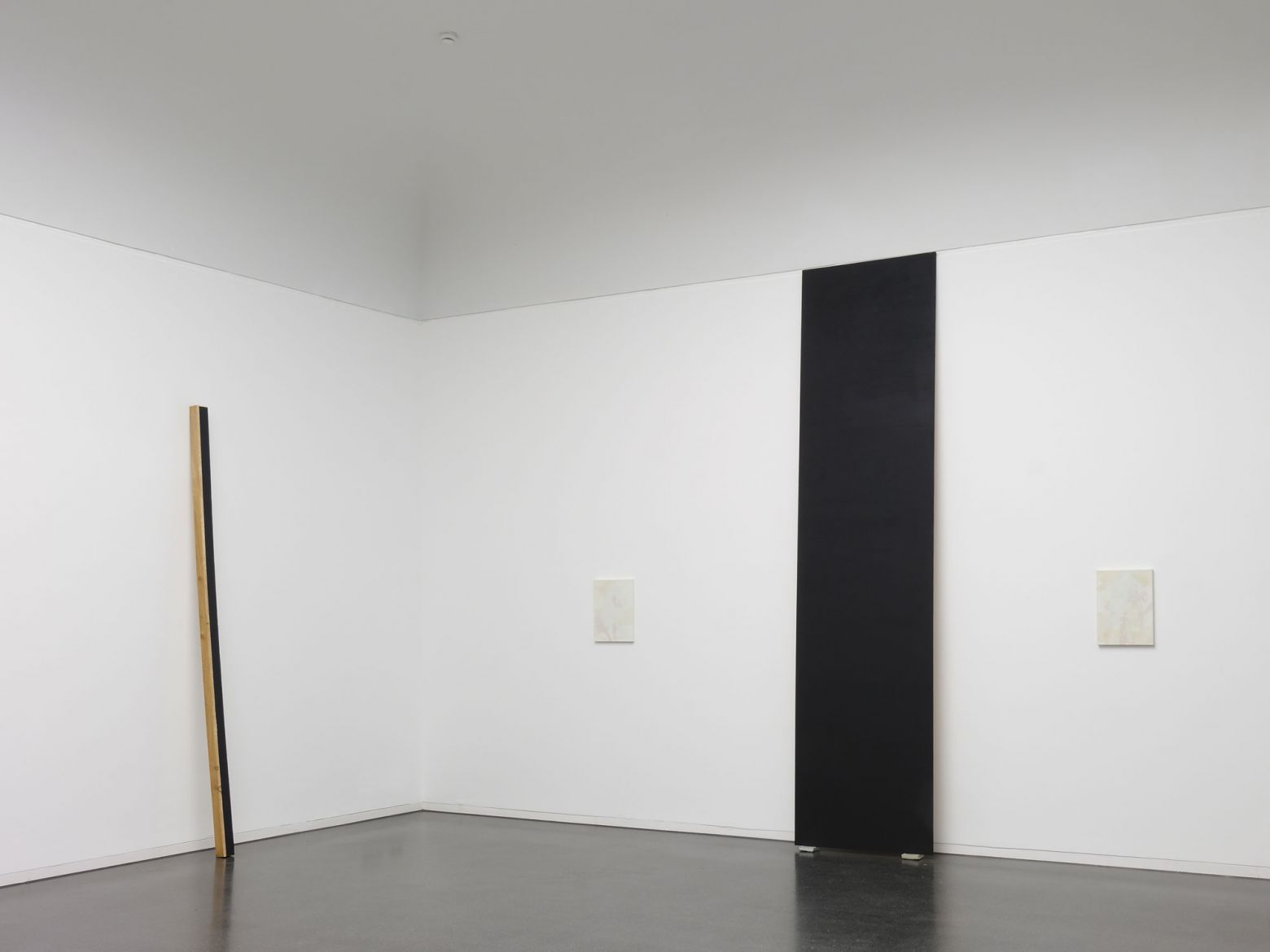Frédéric Houvert
Born in 1980
Lives and works in Amplepuis (Rhone)

Succulentes chrome, 200 x 120 cm, 2019 - Succulentes nénuphar, 200 x 120 cm, 2019
Festival Sillon, Drome, 2019
© Frédéric Houvert

Exhibition view Herbe aux Perruches (Asclepias Syriaca), Ateliers Vortex, Dijon, 2018
© Frédéric Houvert

Exhibition view All shows are temporary, Kunstgebäude, Stuttgart, 2019
© Frédéric Houvert
Frédéric Houvert is an artist and painter. He was born in 1980 and graduated from the École des Beaux-Arts de Dijon.
He developed a passion for plants during his first training course in horticulture. Floral and plant motifs are central to his works. Using cardboard stencils, he spray-paints pictures that lie at the intersection of abstraction and figuration.
Alongside his paintings, he also produces sculptural works that echo his painting method (bisque stencils) or exhibiting techniques, in which volumes sometimes become supports (fibreboard screens, ceramic andirons…).
Translated by Lucy Pons, 2024